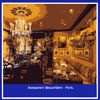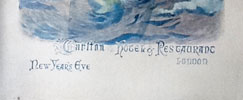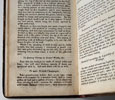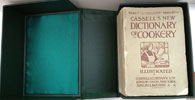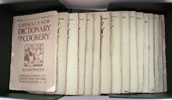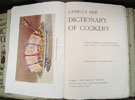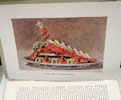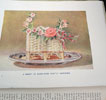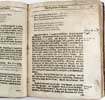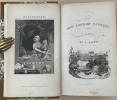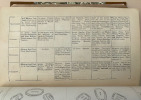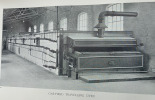CULINA Famulatrix Medicinae:
OR, RECEIPTS IN COOKERY, WORTHY THE NOTICE OF Those MEDICAL PRACTITIONERS, who ride in their CHARIOTS with a FOOTMAN behind, and who receives TWO-GUINEA FEES from their RICH and LUXURIOUS PATIENTS. By IGNOTUS. ------ Propera Stomachum Iaxare Saginis, Et tua servatum in Saecula Rhombum. Juv. YORK: Printed by T.Wilson and R.Spence, High-Ousrgate; and sold by J.Mawman, Bookseller in the Poultry, London. 1804.
FIRST EDITION. 12mo. 1fep. [1] Frontispiece of a pig. Title page. [1] 1p Dedication. [1] (1)6-12 Preface. (1)14-226. (1)228-235 Contents. [1] 1fep. Quarter modern red calf with marbled boards and calf tips. Spine with blind tooling and gilt lines with a black label and gilt lettering. Internally clean with the whole text block slightly but nicely age browned. Overall a very pleasing copy.
- COPAC's full records cite only one first edition of 1804 at York. Oxford quotes a 2nd - 1805, 4th - 1806, 5th - 1807, new - 1810. The author was A.Hunter, M.D., F.R.S., who practised at York. The rather quaint and sincere book dedication states 'To those Gentleman who freely give two quineas for a Turtle Dinner at the Tavern, when they might have a more wholesome one at Home for ten shillings'. One seriously doubts that those very gentleman who can afford two guineas (£68.oo in today's money) for a Turtle dinner are ever likely to read a cookbook, and rarely cook at home, especially such a seriously complicated meal to prepare, that first starts with the purchase of a fresh Turtle. Oxford 143. Cagle 555. Bitting no first but a 2nd and a late 1820 new ed. Worldcat cites many other editions, but only two firsts; one of which is from the Elizabeth Robins Pennell Collection at the Library of Congress.
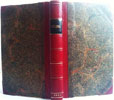
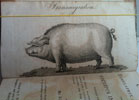



click on image to enlarge

Antiquarian category
ref number:
11168 